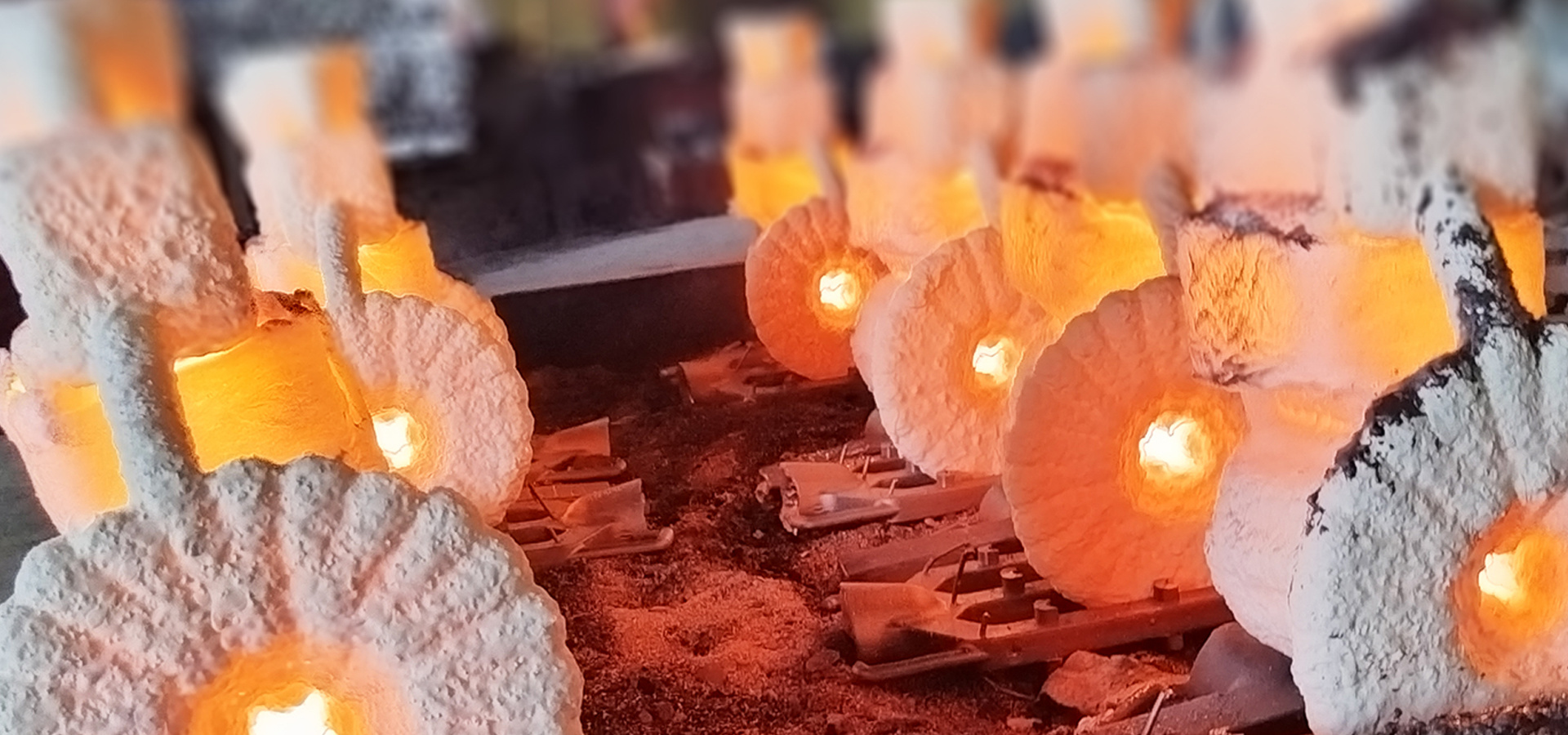Unlocking the Mysteries of Investment Casting: Common Questions Answered
Release time:
Jul 25,2025
What is Investment Casting?
Investment casting, also known as lost-wax casting, is an age-old technique that’s been around for centuries. It’s like the Swiss Army knife of manufacturing—versatile and incredibly useful! This method involves creating a wax pattern, coating it in a ceramic shell, melting the wax away, and then pouring molten metal into the shell. Voila! You’ve got yourself a precision-engineered part.
Why Choose Investment Casting?
So, why should you consider investment casting over other methods? Well, let me tell ya, there are a few reasons. First off, it allows for intricate designs that would be nearly impossible with traditional machining or other casting methods. Think about it—sharp corners, complex geometries; investment casting can handle it all!
Moreover, it boasts excellent surface finish and dimensional accuracy, making it a go-to for industries like aerospace and automotive. And let’s not forget it’s great for small production runs, which can save you time and money!
Common Questions About Investment Casting
Alright, let’s dive into some of the burning questions people often have about investment casting.
1. What materials can be used in Investment Casting?
You’re in luck! A wide array of metals can be cast using this method, including aluminum, brass, steel, and even exotic alloys. So, whether you need a sturdy component or something a bit more specialized, investment casting has got your back!
2. How does the process work?
Here’s the scoop! The process begins with creating a wax pattern, which is then coated with a ceramic material to form a shell. After the shell hardens, it’s heated to remove the wax (hence the name “lost-wax” casting). Finally, molten metal is poured into the shell, and once cooled, the shell is broken away, revealing your beautifully cast part. Easy peasy, right?
3. What are the benefits of using Investment Casting?
Oh boy, where do I start? The benefits are as plentiful as a buffet! You get enhanced dimensional accuracy, reduced waste, and the ability to produce complex shapes. Not to mention, it’s a cost-effective solution for manufacturing high-quality parts!
4. Are there any limitations?
Well, nothing’s perfect, right? One of the drawbacks is that larger parts can be tricky to cast due to the weight limits of the wax patterns and ceramic shells. Additionally, the initial setup costs can be on the higher side, but hey, you get what you pay for!
Investment Casting vs. Other Methods
When you stack investment casting up against other methods like sand casting or die casting, it’s like comparing apples to oranges. Each method has its strengths and weaknesses. For instance, while sand casting is great for larger parts, it can’t match the precision and detail of investment casting. It’s all about what fits your project best!
Conclusion
So, there you have it! Investment casting demystified. Whether you're a seasoned pro or a curious newbie, understanding this process can open doors to numerous possibilities in manufacturing. So, next time you need precision parts, consider giving investment casting a whirl. You might just find it’s the perfect fit for your needs!
Related News
Welcome Alfa Laval‘s Expert Guidance Visit
Aug 10,2025
Welcome SPX leaders to visit and guide us
May 22,2025
Warmly welcome GEMU leaders to visit
Aug 09,2025
Aug 10,2025






